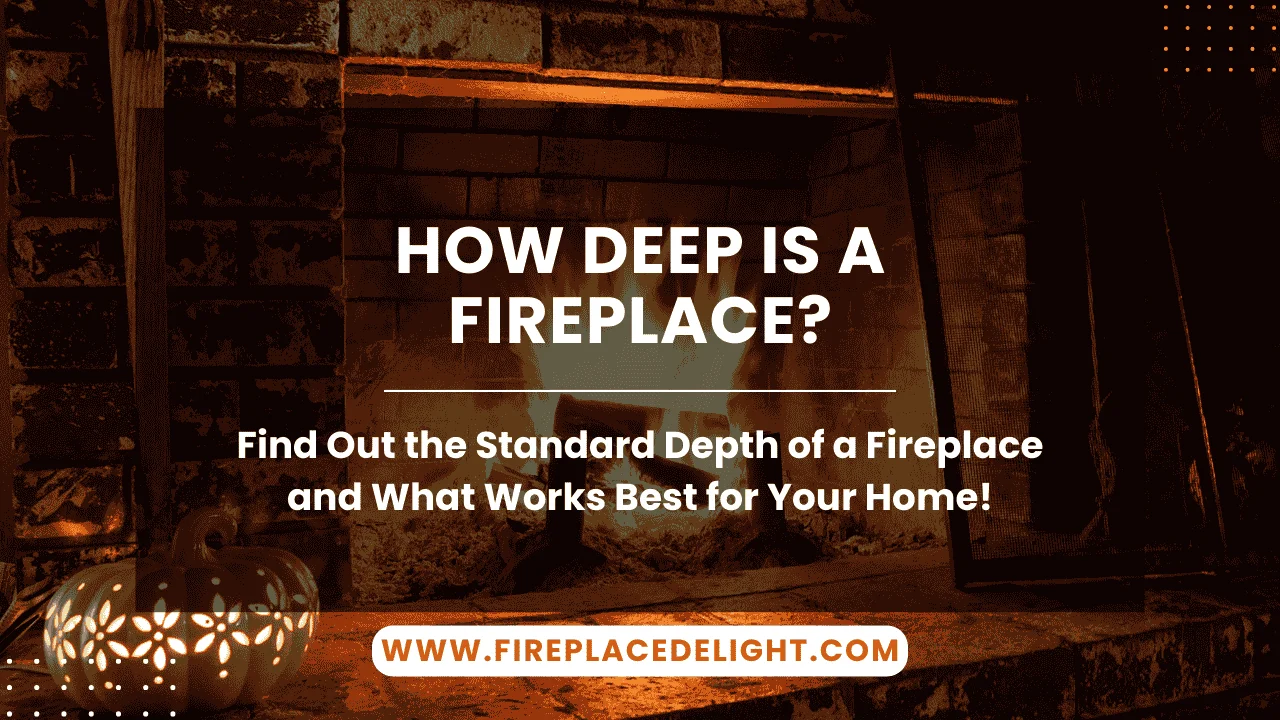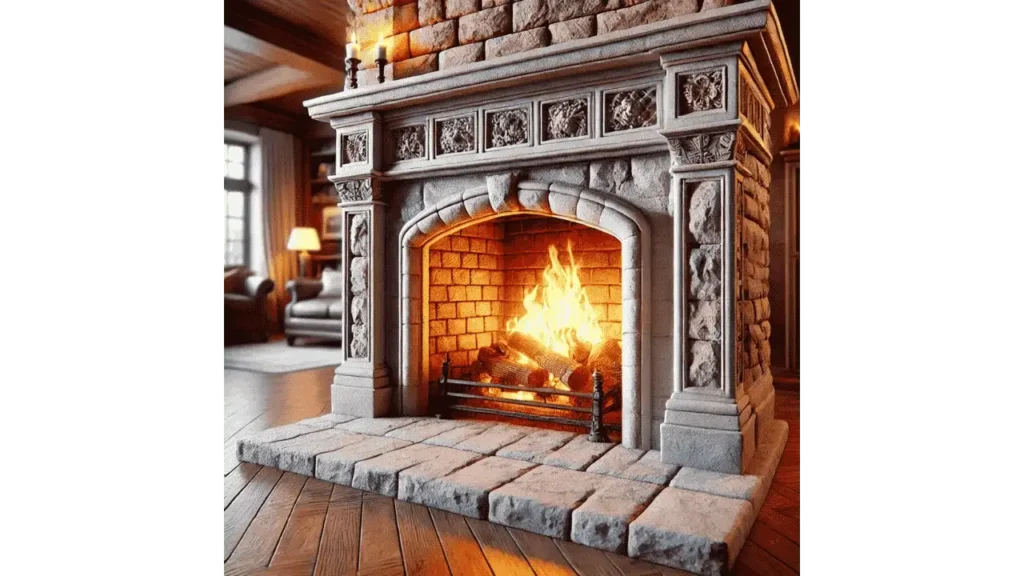Understanding the depth of a fireplace is essential because it directly affects how heat is distributed, the overall efficiency of the unit, and whether it meets safety standards. In this brief guide, we’ll outline typical depth measurements for wood-burning, gas, and electric fireplaces and explain why these dimensions matter. Whether you’re planning a renovation or simply curious about your current setup, knowing your fireplace’s depth can help you make better decisions for both performance and design.
Understanding Fireplace Dimensions:
Fireplaces come in various styles, wood-burning, gas, and electric, and their depths can vary based on design and construction. In general, the depth of a fireplace refers to the measurement from the front opening to the back wall of the firebox. This dimension is critical for proper air flow, heat distribution, and meeting building code requirements.
Standard Depth Ranges for Fireplaces
Fireplace depth varies depending on the type. Wood-burning fireplaces generally have a depth of 18 to 20 inches, providing sufficient space for safe combustion and effective heat output. Gas fireplaces usually range from 12 to 18 inches deep, optimized for efficient gas combustion and minimal energy loss. Electric fireplaces, which don’t require the same combustion space, are typically designed with a slimmer profile, often between 10 to 15 inches deep. These standard ranges ensure proper airflow, heat distribution, and adherence to building code requirements.
Learn More: How Does a Fireplace Fan Work?
Typical Fireplace Depths for Different Types:
Wood-Burning Fireplaces
Traditional wood-burning fireplaces are designed to contain open flames and large logs. Typically, the firebox of a wood-burning fireplace is around 18 to 20 inches deep. This depth provides sufficient space for burning wood while ensuring that the heat is properly directed into the room.
Gas Fireplaces
Gas fireplaces are often more compact due to their design and the nature of gas combustion. They usually have a firebox depth ranging from 12 to 18 inches. Manufacturers optimize these dimensions to maintain efficient combustion and minimize energy loss, while still achieving a realistic flame effect.
Electric Fireplaces
Electric fireplaces, which simulate real flames, tend to have the most flexible designs. Their “firebox” depth may be less critical since they don’t require the same combustion space. Typically, electric units are designed with a slim profile, often around 10 to 15 inches deep, allowing them to fit into smaller or more modern spaces.
Factors Affecting Fireplace Depth:
Several factors can influence the ideal depth of a fireplace in a given installation. Building codes and safety standards may dictate minimum distances to ensure proper ventilation and heat management. Additionally, the overall design aesthetic and intended function of the fireplace (whether for ambiance or heat output) can impact the desired dimensions. Custom-built fireplaces may deviate from these typical measurements to suit specific design preferences or spatial constraints.
Conclusion:
In summary, the depth of a fireplace varies by type: wood-burning models generally measure 18 to 20 inches deep, gas fireplaces typically range from 12 to 18 inches, and electric units can be as shallow as 10 to 15 inches. Understanding these dimensions is crucial for selecting, designing, or remodeling a fireplace that meets both your functional needs and style preferences. By considering the type of fireplace and the factors that influence its design, you can ensure a safe, efficient, and visually pleasing addition to your home.
- 27 Farmhouse Fireplace Ideas That Bring Warmth & Charm - August 18, 2025
- 25 Fireplace Lighting Ideas to Illuminate Your Hearth - August 7, 2025
- How to Replace an Electric Fireplace Switch? - August 5, 2025



